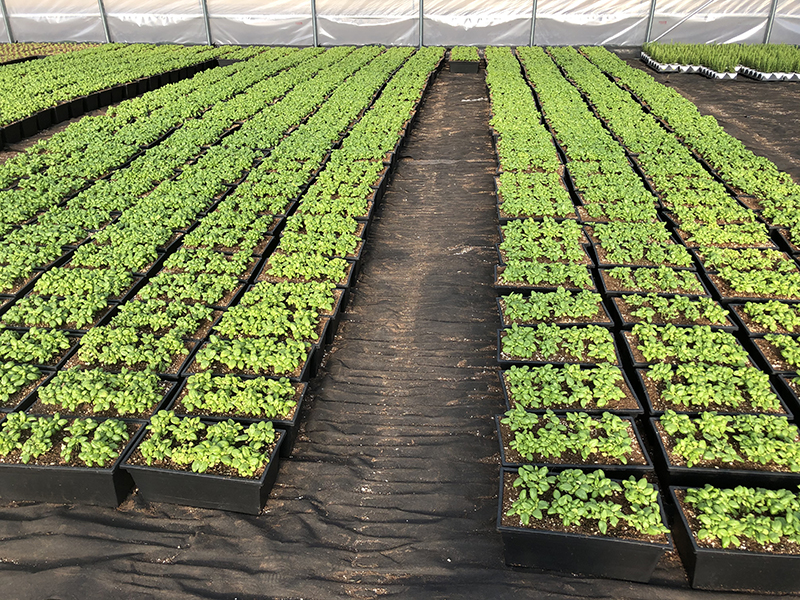Slowing The Spread Of Invasive Plants (opinion)

Reading Mark Gilson’s Perspective column this month reminded me of walks through parks near my home in Northeast Ohio, in which garlic mustard and purple loosestrife have taken over and created near-monocultures. I’ve strolled through Lake Erie’s Mentor Marsh, where, in some areas, instead of seeing the diversity of plants and wildlife native to a 600-acre wetland, you walk through a tunnel of invasive common reed (Phragmites australis), which towers overhead on both sides of the boardwalk, nearly blocking out the sky.
When Gilson contacted me about his suggestion of evaluating new introductions for invasive potential, I was immediately interested. Is the horticulture industry responsible for the invasive plant problem? No, not entirely, although certainly some problem plants were introduced through the horticultural trade. But can we be part of the solution? Absolutely. Collectively, we have the ability to see invasive potential in plants before they are introduced into the marketplace. That makes us gatekeepers of sorts, which should be something we embrace.
We have the ability to help preserve native habitats for generations to come, and it actually comes at little cost. As breeders, growers, horticulturists, educators, trial garden managers, retail garden center operators and the media, we have the ability to identify plants with invasive potential. We can choose to not grow them, not offer them for sale and to educate the public about them.
I think we should take it a step further. Gilson points out the difference between truly invasive plants that can overwhelm entire ecosystems and “garden thugs,� which are plants that are, shall we say, extra vigorous, and can take over garden beds and landscape plantings. While some of these plants are valuable for certain uses — mint, for example — we need to be absolutely sure we are educating consumers about them.
We want gardening to be a positive experience. It is not anybody’s idea of fun to unknowingly pay good money for a thuggish plant only to spend discouraging hours rooting it out of the perennial bed because it has taken over. I have told people to pull plants they have recently planted out of the ground and put them in containers instead, because they will save themselves hours of headache later.
As Gilson points out, there are too many great plants available for us to allow consumers to buy the bad ones. Yes, the thugs and invasives are easy and cheap to propagate and grow. But it isn’t good for the environment or our industry to sell plants that become problems.  Â










